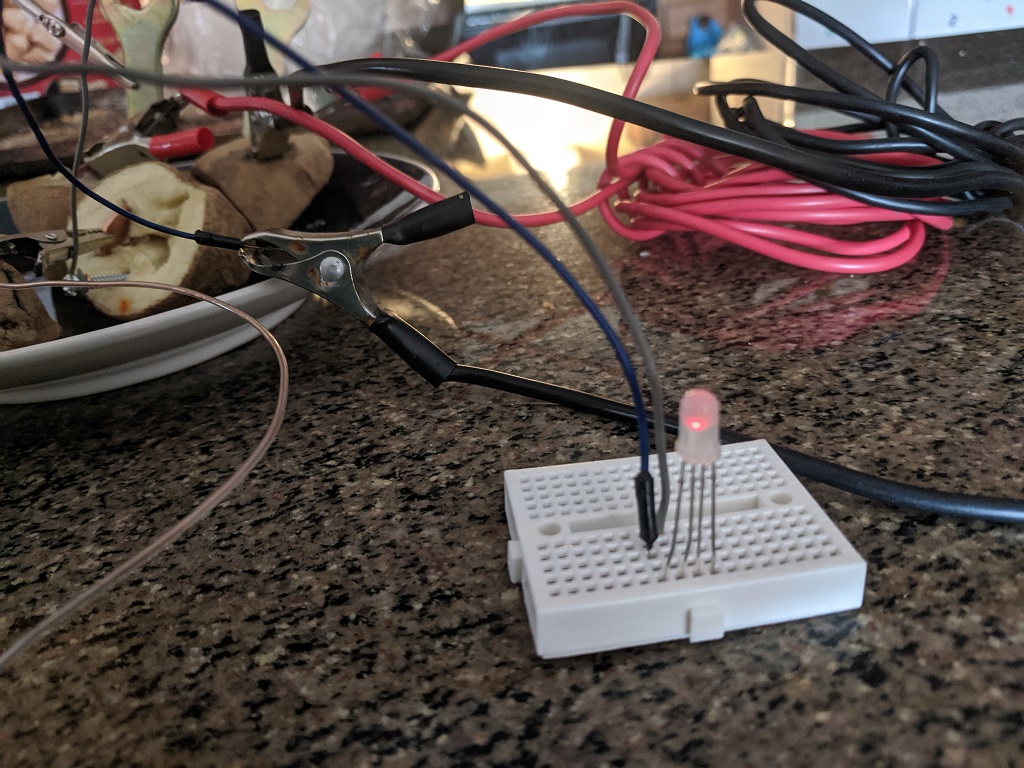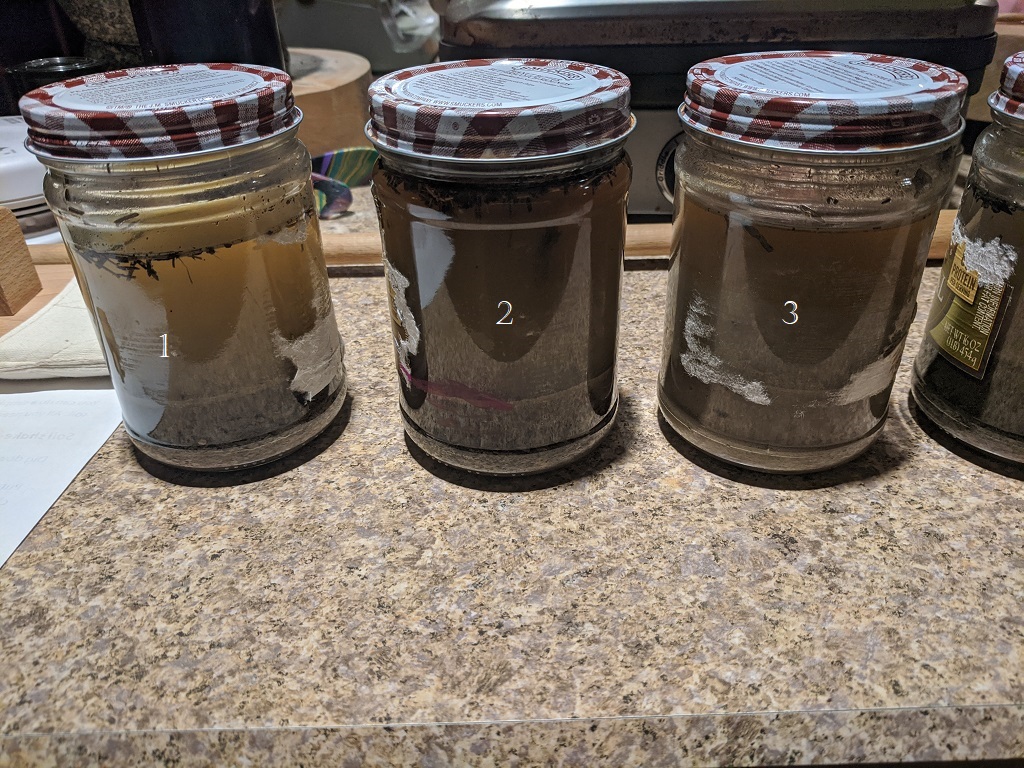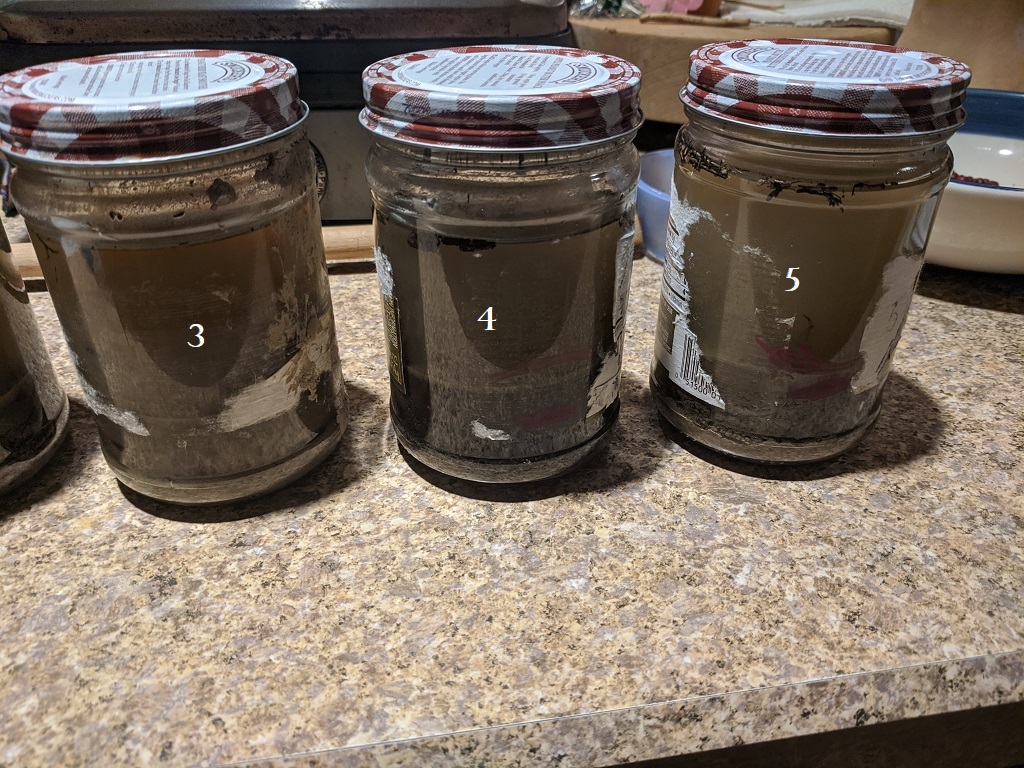I came up with a bunch of science experiments for Anya’s covid not-a-break. Some are really straight-forward, some are open-ended design challenges, and some are pretty tricky. I thought the potato powered LED experiment was straight-forward. A list of materials, step-by-step instructions, and a clear visual product. Except … one potato generated like 0.8 volts. Cut the potato in half, get some extra clips, and we’re up to 1.6 volts.
I’d read about a research project where energy production was increased by using a boiled potato … I needed to make lunch anyway, so I boiled a bit of potato. I also microwaved another bit of the potato — so we’ve got two raw quarters, a boiled quarter, and a microwaved quarter. All four produced about 0.8 volts. In combination, this was enough to light up an LED.

Reading the article, it looks like Wh capacity is what is increasing … not output voltage. Connecting all four quarters (plus finding more pennies, nails, and clips) produced enough power to light up our LED. Now we’re seeing how long the potato-powered LED lasts. From 3PM on 24 March 2020 until … well, it needed to get cleaned up on 26 March as the potatoes started getting dodgy.




